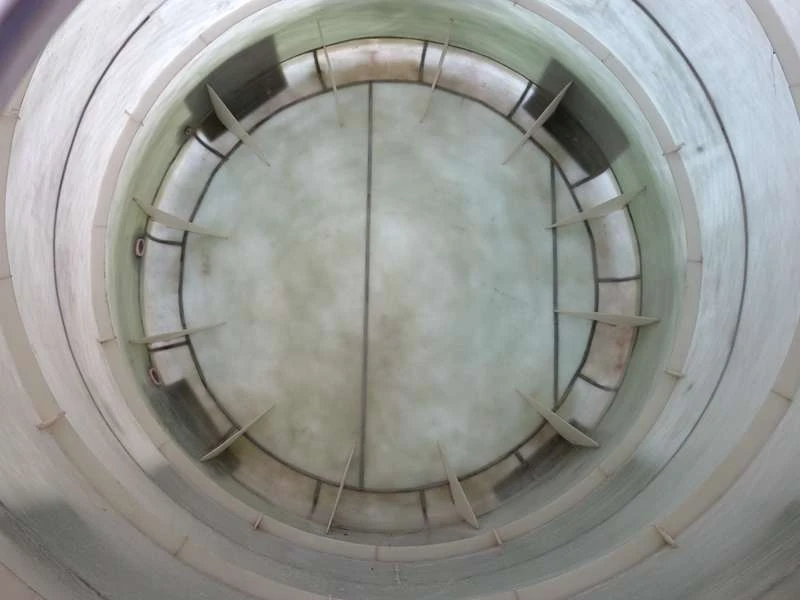
-
 Afrikaans
Afrikaans -
 Albanian
Albanian -
 Amharic
Amharic -
 Arabic
Arabic -
 Armenian
Armenian -
 Azerbaijani
Azerbaijani -
 Basque
Basque -
 Belarusian
Belarusian -
 Bengali
Bengali -
 Bosnian
Bosnian -
 Bulgarian
Bulgarian -
 Catalan
Catalan -
 Cebuano
Cebuano -
 China
China -
 China (Taiwan)
China (Taiwan) -
 Corsican
Corsican -
 Croatian
Croatian -
 Czech
Czech -
 Danish
Danish -
 Dutch
Dutch -
 English
English -
 Esperanto
Esperanto -
 Estonian
Estonian -
 Finnish
Finnish -
 French
French -
 Frisian
Frisian -
 Galician
Galician -
 Georgian
Georgian -
 German
German -
 Greek
Greek -
 Gujarati
Gujarati -
 Haitian Creole
Haitian Creole -
 hausa
hausa -
 hawaiian
hawaiian -
 Hebrew
Hebrew -
 Hindi
Hindi -
 Miao
Miao -
 Hungarian
Hungarian -
 Icelandic
Icelandic -
 igbo
igbo -
 Indonesian
Indonesian -
 irish
irish -
 Italian
Italian -
 Japanese
Japanese -
 Javanese
Javanese -
 Kannada
Kannada -
 kazakh
kazakh -
 Khmer
Khmer -
 Rwandese
Rwandese -
 Korean
Korean -
 Kurdish
Kurdish -
 Kyrgyz
Kyrgyz -
 Lao
Lao -
 Latin
Latin -
 Latvian
Latvian -
 Lithuanian
Lithuanian -
 Luxembourgish
Luxembourgish -
 Macedonian
Macedonian -
 Malgashi
Malgashi -
 Malay
Malay -
 Malayalam
Malayalam -
 Maltese
Maltese -
 Maori
Maori -
 Marathi
Marathi -
 Mongolian
Mongolian -
 Myanmar
Myanmar -
 Nepali
Nepali -
 Norwegian
Norwegian -
 Norwegian
Norwegian -
 Occitan
Occitan -
 Pashto
Pashto -
 Persian
Persian -
 Polish
Polish -
 Portuguese
Portuguese -
 Punjabi
Punjabi -
 Romanian
Romanian -
 Russian
Russian -
 Samoan
Samoan -
 Scottish Gaelic
Scottish Gaelic -
 Serbian
Serbian -
 Sesotho
Sesotho -
 Shona
Shona -
 Sindhi
Sindhi -
 Sinhala
Sinhala -
 Slovak
Slovak -
 Slovenian
Slovenian -
 Somali
Somali -
 Spanish
Spanish -
 Sundanese
Sundanese -
 Swahili
Swahili -
 Swedish
Swedish -
 Tagalog
Tagalog -
 Tajik
Tajik -
 Tamil
Tamil -
 Tatar
Tatar -
 Telugu
Telugu -
 Thai
Thai -
 Turkish
Turkish -
 Turkmen
Turkmen -
 Ukrainian
Ukrainian -
 Urdu
Urdu -
 Uighur
Uighur -
 Uzbek
Uzbek -
 Vietnamese
Vietnamese -
 Welsh
Welsh -
 Bantu
Bantu -
 Yiddish
Yiddish -
 Yoruba
Yoruba -
 Zulu
Zulu
Fiberglass Clarifier Systems for Effective Water Treatment and Solid Waste Management Solutions
Fiberglass Clarifier System for Efficient Water Treatment and Solid Removal
In today’s world, the need for efficient water treatment solutions has never been more pressing. With increasing population, urbanization, and industrial activities, the demand for clean water is skyrocketing, necessitating innovative and effective technologies. Among these technologies, fiberglass clarifier systems have emerged as a prominent option for treating water and removing solids, offering numerous advantages that make them increasingly popular in various applications.
A fiberglass clarifier system is designed to facilitate the process of sedimentation, whereby solids suspended in water are removed through gravity. Unlike traditional clarifiers made from steel or concrete, fiberglass clarifiers offer inherent benefits due to the unique properties of fiberglass. Fiberglass is lightweight, corrosion-resistant, and highly durable, making it an ideal material for constructing water treatment facilities. This durability translates to a longer lifespan and lower maintenance costs, significantly enhancing the overall efficiency of the water treatment process.
One of the primary advantages of using fiberglass clarifier systems is their superior hydraulic performance. The design of these systems allows for effective flow distribution, which is crucial for ensuring that solids settle properly at the bottom of the clarifier. This efficient flow management translates to higher clarification efficiency and improved water quality. The compact design of fiberglass clarifiers also means they require less space than traditional systems, making them suitable for installations in urban areas or where space is limited.
fiberglass clarifier system for efficient water treatment and solid

Furthermore, fiberglass clarifier systems can be customized to meet specific operational requirements. They can be designed for different flow rates and adapted to handle varying types and concentrations of solids. This flexibility makes them suitable for a wide range of applications, from municipal wastewater treatment to industrial processes where water quality is critical.
With advances in technology, modern fiberglass clarifier systems often incorporate additional features that enhance their performance. For instance, some systems are equipped with advanced monitoring and control systems that allow for real-time data analysis. This capability enables operators to optimize the treatment process, ensuring maximum efficiency and compliance with regulatory standards. Moreover, some fiberglass clarifiers can be integrated with additional treatment technologies, such as filtration or chemical dosing, to further improve their effectiveness.
Another advantage worth mentioning is the environmental sustainability of fiberglass clarifier systems. The use of lightweight materials reduces transportation costs and associated carbon footprints. Additionally, their efficiency in removing solids can lead to lower energy consumption during the treatment process, contributing to a more sustainable approach to water management.
In summary, fiberglass clarifier systems represent a cutting-edge solution for efficient water treatment and solid removal. Their lightweight, corrosion-resistant construction, coupled with superior hydraulic performance and flexibility, makes them an attractive option for municipal and industrial applications alike. As the global demand for clean water continues to rise, adopting such innovative solutions will be crucial in safeguarding public health and the environment. With ongoing advancements in technology and an increasing focus on sustainability, fiberglass clarifiers are well-positioned to play a key role in the future of water treatment.









